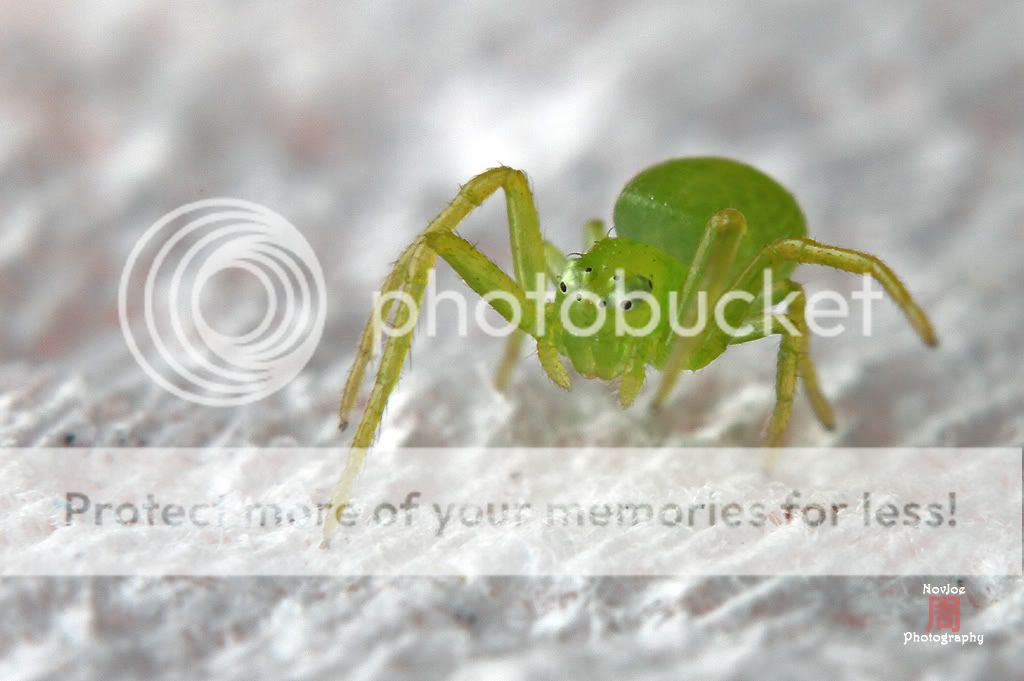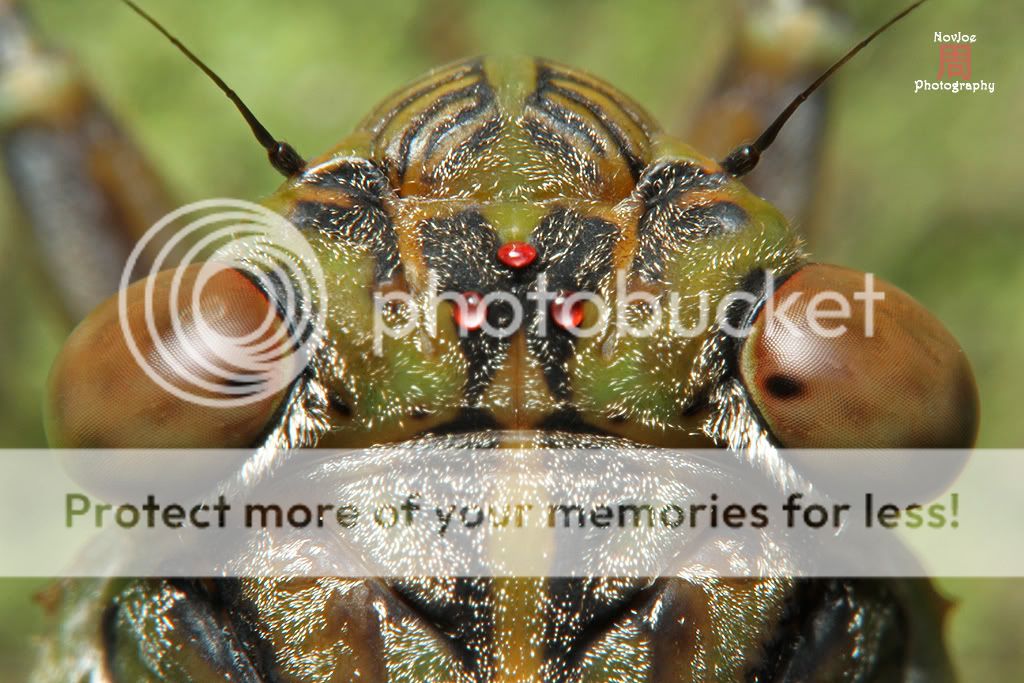Hi everyone,
I need any advice I can get regarding (as the thread title suggest) the Raynox MSN-202 super macro filter.
I am relatively a newbie when it comes to macro photography and recently I bought this macro filter....
To test this filter, I am using a Nikon D200 with either: 105 mm f/2.8 D AF Micro Nikkor (The older version, not the newer VR version) and 50 mm f/1.4 D and 70-300 f/4.5-5.6 G (yeah i know, this is a shitty lens, but it came when I bought my old d70 back in the day..hehe) lenses.
My problem is, though i'm not sure this is my fault or the filter is just not compatible with the lens, i'm getting an ALL BLURRY VIEW (Can't even see the shape) in the viewfinder.
This happens with all of the lenses when I am > 1 cm away from the object.
When I moved my camera to about 4mm away, it is better BUT with a VERY shallow DOF (and I know this is expected of the 4.5-5x zoom magnification filter).
I read that some people, with their tele lens + filter attached can zoom in or out with this filter. Tried it on the 70-300, but is still the same and useless.
My question is, I am very very confused as to how people can (in other forums I read) have a shooting distance > 1 cm / better DOF even with the MSN-202?
My second question, does anyone have any experience with the lower magnification DCR-150 and DCR-250 model?
How far is the required shooting distance for 150 and 250?
If I need to get < 5mm from any live insects, i'm sure I wont get any shots as it'll run/fly away when I get closer.
I prefer to shoot about 3-5cm away from them. Will the DCR-150 or DCR-250 filter attached to the 105mm macro lens or 50mm lens suffise?
Thank You in advance for your help guys!
=)
Cheers.
I need any advice I can get regarding (as the thread title suggest) the Raynox MSN-202 super macro filter.
I am relatively a newbie when it comes to macro photography and recently I bought this macro filter....
To test this filter, I am using a Nikon D200 with either: 105 mm f/2.8 D AF Micro Nikkor (The older version, not the newer VR version) and 50 mm f/1.4 D and 70-300 f/4.5-5.6 G (yeah i know, this is a shitty lens, but it came when I bought my old d70 back in the day..hehe) lenses.
My problem is, though i'm not sure this is my fault or the filter is just not compatible with the lens, i'm getting an ALL BLURRY VIEW (Can't even see the shape) in the viewfinder.
This happens with all of the lenses when I am > 1 cm away from the object.
When I moved my camera to about 4mm away, it is better BUT with a VERY shallow DOF (and I know this is expected of the 4.5-5x zoom magnification filter).
I read that some people, with their tele lens + filter attached can zoom in or out with this filter. Tried it on the 70-300, but is still the same and useless.
My question is, I am very very confused as to how people can (in other forums I read) have a shooting distance > 1 cm / better DOF even with the MSN-202?
My second question, does anyone have any experience with the lower magnification DCR-150 and DCR-250 model?
How far is the required shooting distance for 150 and 250?
If I need to get < 5mm from any live insects, i'm sure I wont get any shots as it'll run/fly away when I get closer.
I prefer to shoot about 3-5cm away from them. Will the DCR-150 or DCR-250 filter attached to the 105mm macro lens or 50mm lens suffise?
Thank You in advance for your help guys!
=)
Cheers.
Last edited:




